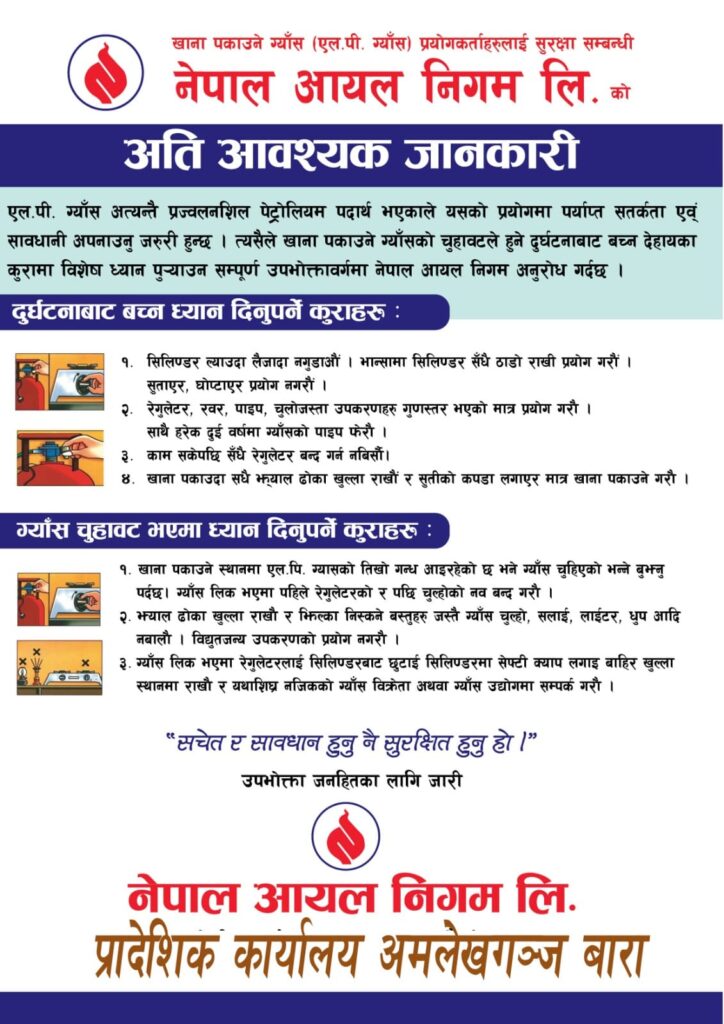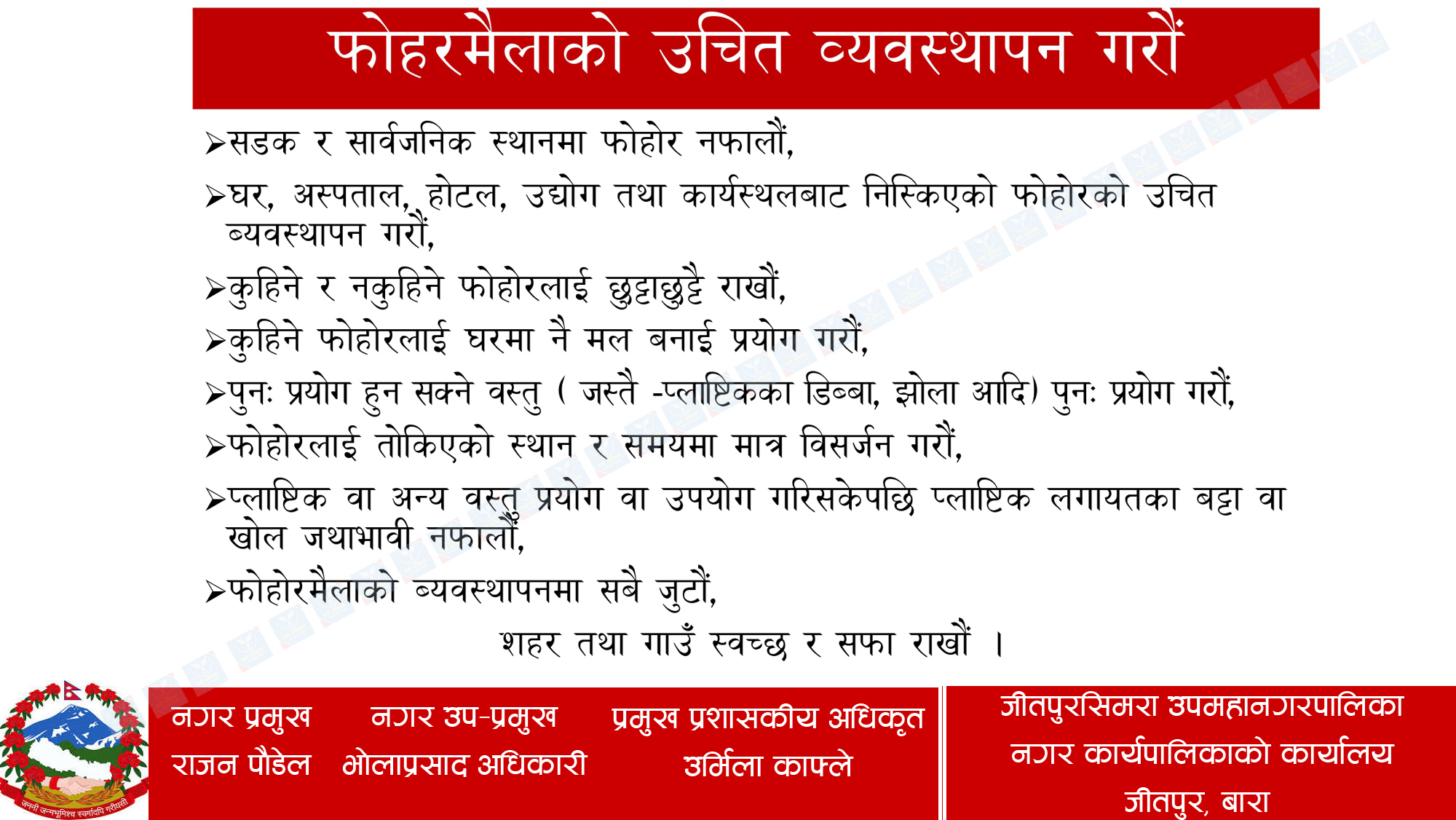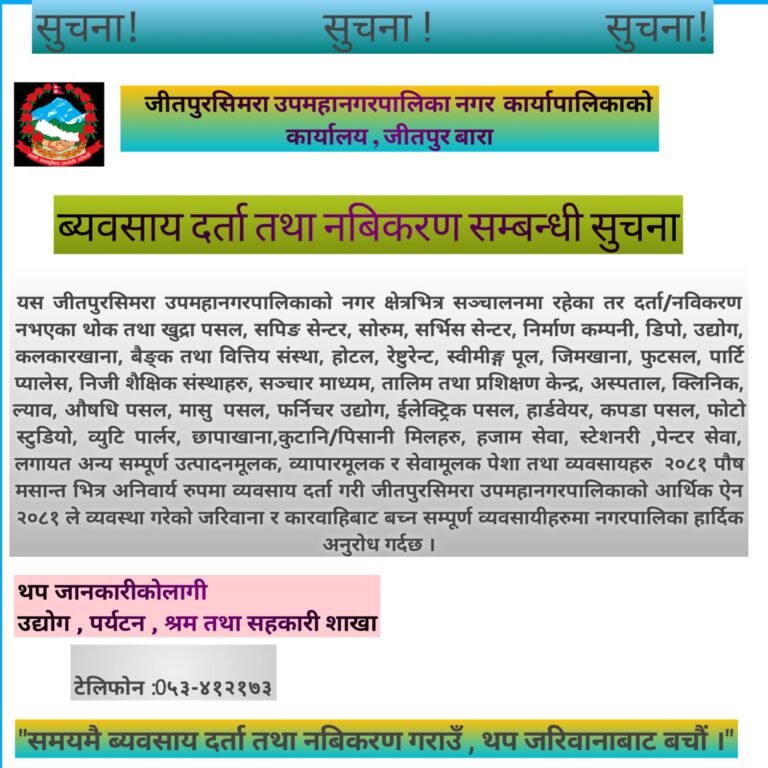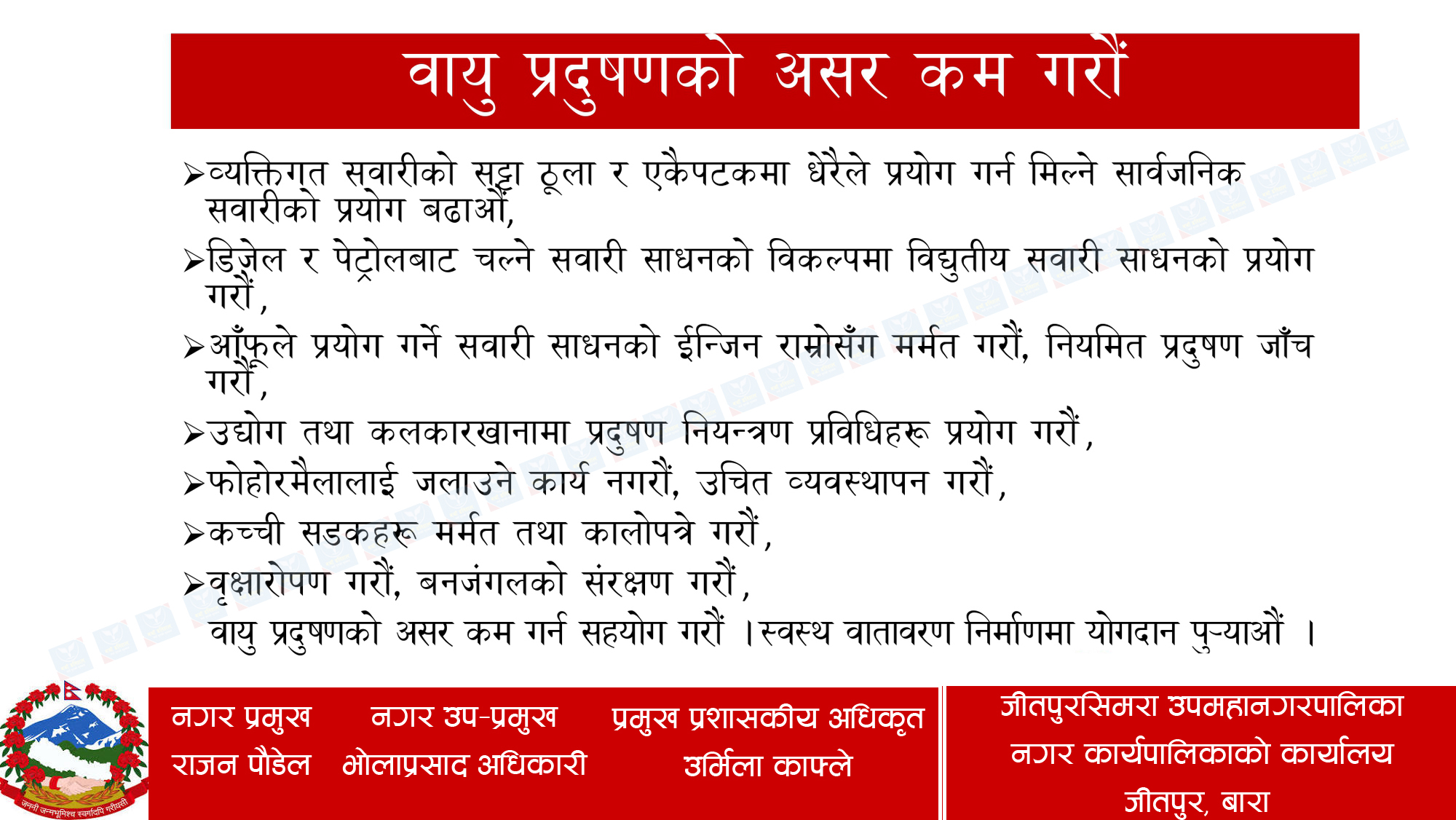In the four days that followed the Bajhang is earthquake, there were more than 300 small and big aftershocks occurred. The National Seismological Center in Chainpur reported that a 4.5 magnitude earthquake with a depth of 9 kilometers struck on Tuesday at 10:52 AM local time, according to the National Earthquake Measurement and Research Center. At 12:23 p.m., a second 3.9-magnitude earthquake occurred at the same location.
The initial quake, which had a Richter scale rating of 5.3, occurred at 2:40 PM on Monday in Talakot, Bajhang. Afterwards, at 3:06 PM, a second 6.3 magnitude earthquake shook Chainpur.Seismologist at the
center Dr. Mukund Bhattarai noted that aftershocks are common after an
earthquake of great magnitude like the one that struck Bajhang. Since the first
earthquake, the area has had around 300 mild to moderate aftershocks, He said.
Tragically, one woman
died when the house she was living in fell during the first earthquake. Dr.
Bhattarai stressed that there was still a chance for additional damage and
advised people to be cautious when sleeping in buildings that might have been
affected negatively by the earthquakes.
Because of Nepal's
location in a high seismic risk area, small earthquakes may seriously damage
human life and property. The severe earthquake that struck Gorkha in 2015 and
had its epicenter in Barpak measured 7.8 on the Richter scale and caused
extensive damage. Since then, there have been numerous mild to moderate
earthquakes across the nation, mostly in the east and west.











